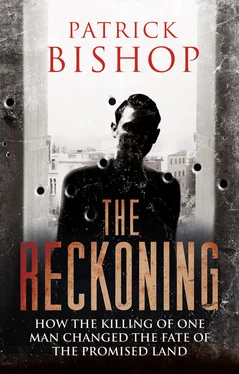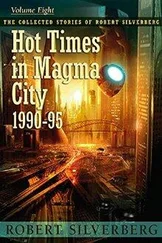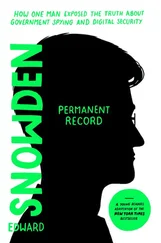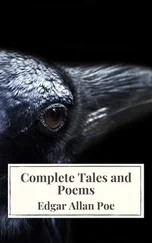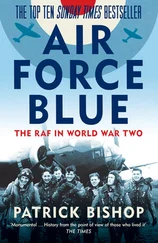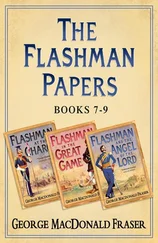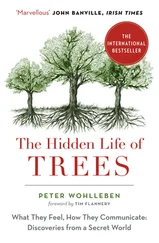1 ...6 7 8 10 11 12 ...18 The ideological centre of gravity of the Yishuv, as the Jewish community in Palestine was known, lay firmly on the left. The dominant political force was the Mapai, in Hebrew the acronym for the Workers’ Party of the Land of Israel, and the dominant political figure was its leader, David Ben-Gurion. He was born David Grün in 1886, in the Polish town of Płońsk inside the Russian Empire. His father, Avigdor, was a lawyer and enthusiastic Zionist and at the age of fourteen David founded a youth club to study the Hebrew language and promote emigration to Palestine. In 1906, after studying at Warsaw University, he practised what he preached by setting off to pick oranges on one of the earliest Jewish settlements in Palestine at Petah Tikva – the ‘gate of hope’. And it was hope, not fear, that drove him and the other young Zionists of Poland and Russia to Palestine’s shores. ‘For many of us, anti-Semitism had little to do with our dedication,’ he wrote. ‘I personally never suffered anti-Semitic persecution … we emigrated not for negative reasons of escape but for positive reasons of building a homeland.’ 20
Ben-Gurion was an atheist but looked and sounded like an Old Testament prophet. He seemed to exude a pacific tranquillity, yet all his life was a fighter, starting from the day in 1908 when he took up arms to defend the agricultural settlement in the Galilee, where he was now living, from Arab attack. He was an idealist but also a superb political tactician. By 1935 he had established himself as both the head of Mapai and also the chairman of the Jewish Agency, which had been recognized five years earlier by the British as the legitimate representative of the Jews of Palestine and therefore the de facto government of the Yishuv.
His main ideological opponent was also brilliant, driven and charismatic. Whereas Ben-Gurion radiated calm, Ze’ev Jabotinsky hummed with restless energy. He had a chin that stuck out like the prow of a ship and a mouth like a downturned scimitar. His dark eyes scrutinized the world from behind wire-rimmed spectacles with ruthless intensity. He was a remarkable writer and speaker, expressing himself in statements and utterances that seemed to have been chiselled from stone.
He had been born Vladimir Zhabotinsky in 1880 in the lively cosmopolitan city of Odessa, in the Russian Empire. His parents brought him and his sister up with little reference to their Jewishness. He was converted to Zionism by an event that transformed the lives of many young Jews. In April 1903 in Kishinev, *a city on the south-eastern borders of the Russian Empire, Christian mobs embarked on a pogrom, killing forty-seven Jewish men, women and children while the tsarist police looked on. The incident was shocking not only for the amount of blood shed but because of the conduct of Jewish males, who ran away or hid when the rampage began.
The massacre taught Jabotinsky a lesson. It was summed up in a slogan: ‘Jewish youth, learn to shoot!’ He followed his own prescription, founding Jewish self-defence units across Russia. In the First World War he was a founder of the Jewish Legion, created to fight alongside the British against the Turks in Palestine. The move was designed to win British support for the establishment of a Jewish state. Jabotinsky admired the British Empire and would have preferred to work with it, but Palestine’s rulers regarded him as a troublemaker. They imprisoned him and finally banished him in an – inevitably unsuccessful – attempt to shut him up.
Jabotinsky’s style was emphatic and impatient. His vision of Zionism rejected gradualism and compromise and exalted action. He preached that every Jew had the right to enter Palestine, that only active retaliation would deter the Arabs and that only Jewish armed force would ensure a Jewish state. 21
The need for some sort of military force had been recognized since Zionist settlers first began arriving in Palestine. After the anti-Jewish riots of 1920, a paramilitary organization, the Haganah (Defence), had been established under the loose control of Mapai and with the tacit acceptance of the British. The organization would eventually come under the overall control of Mapai and the Jewish Agency to form the ‘secret army of the Left’, as a British report put it. 22In its early days, though, it lacked structure and resources and its failure to protect Jews during the pogrom that erupted in the summer of 1929 led to demands for more vigorous action. In 1931 a group that included many Jabotinsky supporters broke away. Eventually the secessionists would form a new underground militia known as the Irgun Zvai Leumi, or National Military Organization. Its philosophy and aims were summed up in its badge, which showed a hand clutching a rifle superimposed on a map with the outline of an Israeli state stretching far across the Jordan and bearing the slogan ‘Raq Kach’ – Only Thus.
The Irgun’s underground status bred a secretive and conspiratorial culture. According to a British intelligence report, the organization combined ‘totalitarian tendencies’ with ‘violent nationalism’ and ‘a hearty dislike for socialism’. 23The last attitude guaranteed a difficult relationship with the overwhelmingly left-wing institutions of the Yishuv. Its members were young, avid and quarrelsome and the potential for schism was strong. In the spring of 1937 a passionate debate on future strategy produced the first big split. One side proposed uniting with the Haganah to form a single Jewish military body. The other argued that their approaches were incompatible and that the Irgun should remain independent. The issue was decided in a referendum, with each side arguing its case at secret meetings of local groups. The Irgun divided down the middle with half returning to the Haganah.
The 1800 who stayed put were mostly hardline Revisionists and the majority had served in the Betar, the movement’s youth organization whose members, with their fondness for uniforms and parades, resembled the Italian boy fascists of the Balilla. The link with the Revisionists was made explicit when Ze’ev Jabotinsky was installed as the new Irgun’s supreme commander – essentially a figurehead role since the British had barred him from Palestine. It was from this quarter that the opposition to maintaining havlagah was strongest. Ben-Gurion was adamant that abandoning restraint would be a moral and political error. Jabotinsky, too, was reluctant at first to condone reprisals as he was hoping the British might allow the emergence of an official Jewish military force. His followers, though, were straining at the leash. From the beginning of the Arab revolt the Irgun carried out sporadic, unauthorized tit-for-tat reprisals. On the early morning of 14 November 1937 came a wave of attacks which showed that they had finished with havlagah for good.
Following the killing of five young men from a kibbutz near Jerusalem, a wave of gunfire rippled across the city. Five Arabs, two of them women and all of them innocent of any obvious involvement in the uprising, were killed. The attacks brought a horrified reaction from the Yishuv. The Palestine Post could barely bring itself to believe that it was Jews who had carried them out but, if that were the case, ‘the depraved wretch or wretches would have to be excommunicated’. Whoever was responsible must be ‘found, faced and dealt with’. 24
The operation had in fact been planned by David Raziel, the Irgun’s twenty-six-year-old Jerusalem commander. He was quiet, strongly religious and committed to the notion of ‘active defence’. This was presented as a military doctrine by which Arab aggressors were targeted before they could launch anti-Jewish attacks. In practice it translated into indiscriminate bombings and shootings aimed at any Arab who was to hand. After ‘Black Sunday’, as the Jerusalem outrages became known, the Palestine Police rounded up a number of suspected Irgun members. The anti-Arab campaign, now sanctioned by Jabotinsky who realized he had no means of stopping it, continued nonetheless and the tempo of operations increased.
Читать дальше
